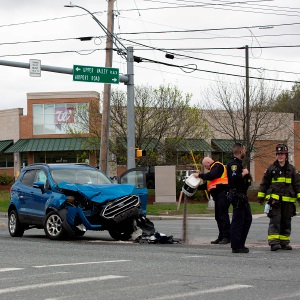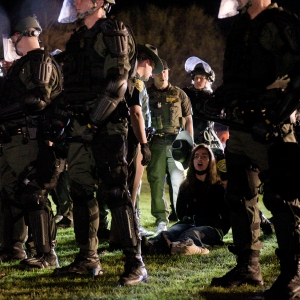Warm temperatures and lots of sunshine means spring fire season is here – no outdoor burning
| Published: 04-11-2023 11:10 AM |
With a stretch of very warm weather approaching, New Hampshire is showing the surest sign that winter is over: High wildfire danger.
All portions of the state south of the White Mountains that have lost their snow cover were classified as being in high fire danger Monday by the state fire marshal’s office. With no rain in the immediate forecast and temperatures that could hit 80 by Friday, they will probably stay that way for at least through the weekend.
Many towns forbid any outdoor burning when the state has declared high fire danger. Anyone who wants to burn brush or have other outdoor fires should must obtain a state fire permit issued in advance; they are only available when daily fire danger conditions indicate that it’s safe to burn. Most communities in the state make their permits available through nhfirepermit.com.
Fortunately, the state is entering fire season in better shape than at this point last year, when the upper third of New Hampshire was already classified as being abnormally dry and parts of Maine were officially in moderate drought. Right now no part of New England, and very little of the Northeast, is considered dry and no parts are in drought.
Last year, the month of April was abnormally dry — very few April showers to bring May flowers — and was followed by a very dry July and August that pushed all of New Hampshire into drought status, including severe drought in the southern stretch and Seacoast area.
Spring and fall are the most dangerous times of year in New Hampshire for wildfires because there are no leaves on deciduous trees. This means direct sunlight reaches the ground, which dries out leaves and other litter that has fallen over the winter, creating what firefighters call a high fuel load that catches fire easily and burns hot.
Compared to Western states, New Hampshire has relatively few wildfires — but they do occur. Over the past decade, New Hampshire experienced 1,140 wildfires covering 3,100 acres.
Most were small but a few — including the Bayle Mountain Fire in 2015, the Dilly Fire in 2017 and the Bemis Fire in 2022 — were destructive and challenging to contain.
Article continues after...
Yesterday's Most Read Articles
 Homeless Upper Valley couple faces ‘a very tough situation’
Homeless Upper Valley couple faces ‘a very tough situation’
 Crane crash on Interstate 89
Crane crash on Interstate 89
 Kenyon: Constitutional rights should trump Dartmouth’s private interests
Kenyon: Constitutional rights should trump Dartmouth’s private interests
 West Lebanon crash
West Lebanon crash
 Editorial: Response to campus protests only adds fuel to the fire
Editorial: Response to campus protests only adds fuel to the fire
The figure doesn’t count a few wildfires deliberately set each year to improve habitat for species such as the blue Karner butterfly or to reduce buildup of fuel load near houses.
Also unlike the West, where many wildfires are started by lightning, virtually all of New Hampshire’s wildfires were started by humans, usually somebody burning brush or having a campfire, and got out of control.
Incidentally, if the start of wildfire season isn’t enough indication that our winter is over, here’s another: Lake Winnipesaukee ice-out was formally declared over the weekend.


